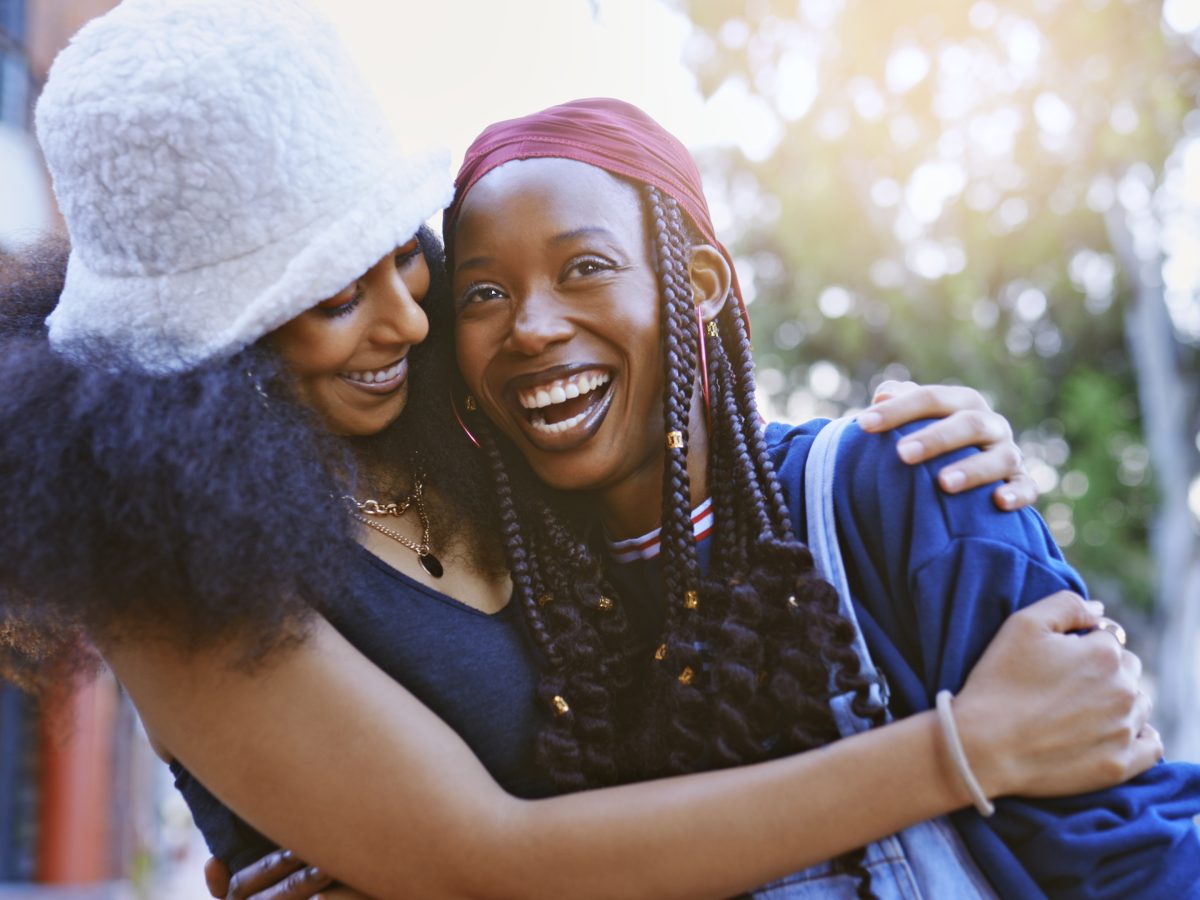
Every June, we see companies and individual people alike swap out their logos for rainbow ones and lend their voice towards affirming that everyone should be created equal regardless of how they identify, or who they decide to love. But is this really an effective way to support others if this is only displayed one time a year?
Allyship is intended to be providing support, understanding, and in some cases comfort to those who identify as part of the LGBTQIA+ community if they are going through hardships, adversity, or discrimination. A common misconception about being an ally is that it takes extreme stances or radical actions to show support, but for many it can be shown in the simpler things.
“I wish allies would start fighting as hard to be at the forefront of shielding LGBTQ+ discrimination instead of believing allyship is being in the proximity of someone who’s in the community,” event production coordinator Grace Ancrum (they/she) expressed to GU.
She then went on to further explain that allyship also means showing up even when you’re around someone who isn’t part of the community. It could look like addressing inappropriate or negative comments from coworkers, friends, or family as well as being mindful when dealing with homophobic or transphobic people in dating. “Hate is loud and quiet. The quiet ones are complacent, and what makes a safe space for the dangers for the LGBTQ+ community,”
Those a part of the LGBTQ+ community have said numerous times in the past that performative actions throughout the month of June are not only not impressive, but lack the social responsibility of holding others accountable when efforts are merely only surface level. Performative actions could be as simple as a company acknowledging their LGTBQ+ workers in a celebratory email, but not hosting a live event to a social media trend tied to the community spreading across the internet then quickly dying off after Pride Month ends. While many people believe that it’s natural for things to be “out of sight, out of mind”, those in the community believe that they deserve just as much acknowledgement as other movements.
Beyond the month of June, allyship should be a continuous concept and showing thereof through using one’s voice and actions to advocate for others. Education is also another large component of allyship that isn’t typically touched on. Like other cultural movements, the LGTBQ+ community also has their own unique history that dives deeper into its origin and the parallels between their history and future. Allowing others to be aware of this history has the potential to bring about positive social change and help people to do away with their biases to embrace conversations that while uncomfortable, help promote growth and understanding.
“[Support] looks like using inclusive language, backing queer-owned businesses, and actually showing up to events or conversations that matter. It’s about consistency, not performative pride,” Ancrum continued on in her interview with GU.
A recent public example of speaking up as an ally would be the controversy regarding this year’s DC Pride celebration in honor of Pride Month. The Trump administration was initially pushing for the closure of national parks and monuments for the selected weekend where it was already being planned to celebrate DC Pride (Dupont Circle). Coordinators of the event quickly banned together to advocate for it to remain and were able to stop the event from being cancelled. Members of the community and allies alike believe that this celebration isn’t just a party, it’s about providing the freedom to celebrate how far they’ve come, and how far they’re going.
“The event and the space they wanted to take away is meant to create a space for queer and Black community, but it’s not just about a location being taken away—it’s about being seen and heard,” model Anna Patino (she/her) told GU when asked about DC Pride. “This was an outrage to the community because we have been nothing but respectful and follow all regulations to put on these events throughout the weekend.”
Showing up as an ally in June, and throughout the year will look differently for everyone. Luckily, resources on how to be an ally can be found through platforms like the Human Rights Campaign,The Venture Out Project, Paradigm, and other online reports or articles.